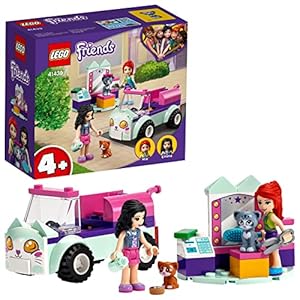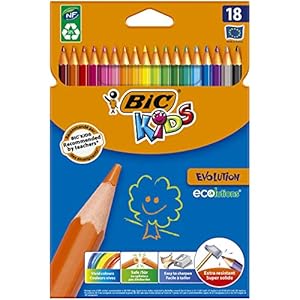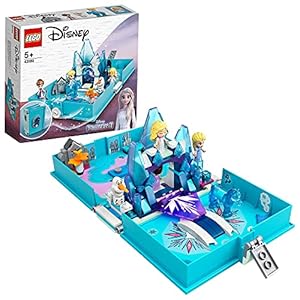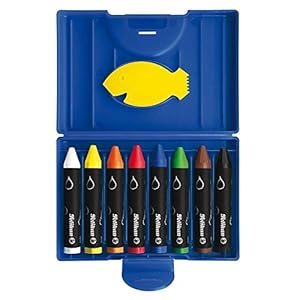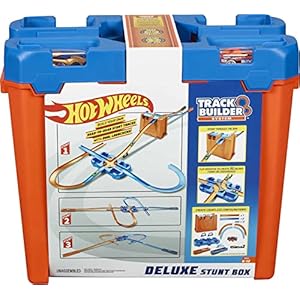
Kinderen
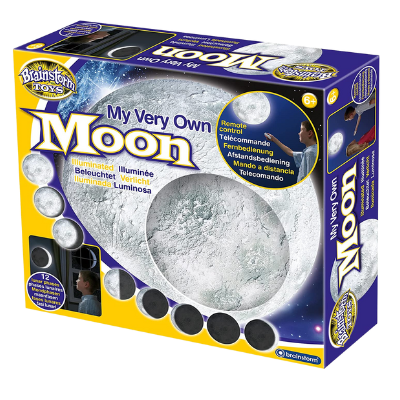
Koop best verkopende producten
Best verkopende
- Toon alles
- Populair in deze maand
- Meest verlanglijst
- Choose category
- All categories
- Uncategorized
- Cadeaus Voor Kinderen
Added to wishlistRemoved from wishlist 0
Add to compare
Added to wishlistRemoved from wishlist 0
Add to compare
Wil je de beste producten kopen
Bekijk de nieuwste aanbiedingen
LEGO 43110 VIDIYO Folk Fairy BeatBox Videomaker Set, Muziekvideo Maker, Augmented Reality Muziek Speelgoed Voor Kinderen
Already Sold: 42%
Added to wishlistRemoved from wishlist 0
LEGO 41439 Friends Verzorgingsauto Set met Kittens, Emma en Mia Mini Poppetjes, Speelgoed Auto voor Meisjes en Jongens vanaf 4 Jaar
Already Sold: 57%
Added to wishlistRemoved from wishlist 0
LEGO 41677 Friends Waterval in het bos Camping Avontuur speelgoed, Set Met Poppetjes Voor Kinderen Van 5 Jaar En Ouder
Already Sold: 20%
Added to wishlistRemoved from wishlist 0
Added to wishlistRemoved from wishlist 0
Tobar 17971 Gegaande en bellende puppy West Highland White Terrier (Hond met functie/afstandsbediening)
Already Sold: 32%
Added to wishlistRemoved from wishlist 0
Added to wishlistRemoved from wishlist 0
LEGO 60253 City Geweldige Voertuigen Ijswagen Creatief Speelgoed met Skater en Hondenfiguur, voor Meisjes en Jongens vanaf 5 Jaar
Already Sold: 90%
Added to wishlistRemoved from wishlist 0
LEGO 21167 Minecraft De Handelspost Bouwset met Poppetjes van Steve en Skelet, Constructiespeelgoed voor Kinderen vanaf 8 Jaar
Already Sold: 40%
Added to wishlistRemoved from wishlist 0
LEGO 43189 Disney Frozen 2 Elsa en de Nokk LEGO Boek Draagbare Speelset, Reisspeelgoed met Micropop, Cadeau-Idee
Already Sold: 13%
Added to wishlistRemoved from wishlist 0
LEGO 41444 Friends Heartlake City Biologisch Café Set, Educatief Speelgoed voor Kinderen vanaf 6 Jaar, Meisjes en Jongens
Already Sold: 43%
Added to wishlistRemoved from wishlist 0
Added to wishlistRemoved from wishlist 0
Added to wishlistRemoved from wishlist 0
Iets interessants gevonden ?
Krijg betere resultaten door vandaag te upgraden!
Deal van de dag

Already Sold: 12
Available: 16
75 %
Schiet op! Aanbieding loopt binnenkort af
days
0
0
hours
0
0
minutes
0
0
seconds
0
0

Already Sold: 18
Available: 26
69 %
Schiet op! Aanbieding loopt binnenkort af
days
0
0
hours
0
0
minutes
0
0
seconds
0
0

Already Sold: 21
Available: 31
68 %
Schiet op! Aanbieding loopt binnenkort af
days
0
0
hours
0
0
minutes
0
0
seconds
0
0

Already Sold: 24
Available: 36
67 %
Schiet op! Aanbieding loopt binnenkort af
days
0
0
hours
0
0
minutes
0
0
seconds
0
0
Bespaar je geld en tijd
Neem de beste producten onder € 150
We hebben de beste producten voor u gevonden en u kunt een extra kortingsbon gebruiken
Beste deals onder € 150
- Toon alles
- Populair
- Meest beoordeeld
- Meest gewenst
Show next
We volgen de prijzen van meer dan 20 populairste winkels om u de beste deals te geven
Lees blogs over geschenken
3 years ago
0
0
1 year ago
0
0
3 years ago
0
0
3 years ago
0
0
3 years ago
0
0
3 years ago
0
0
3 years ago
0
0
1 year ago
0
0
3 years ago
0
0
3 years ago
0
0
Scommesse Sportive: Azione e Emozione su Vegasplus Club
Metodi di Pagamento Sicuri: Effettua depositi e prelievi in tutta sicurezza su Vegasplus con una vasta scelta di metodi di pagamento sicuri e convenienti.





